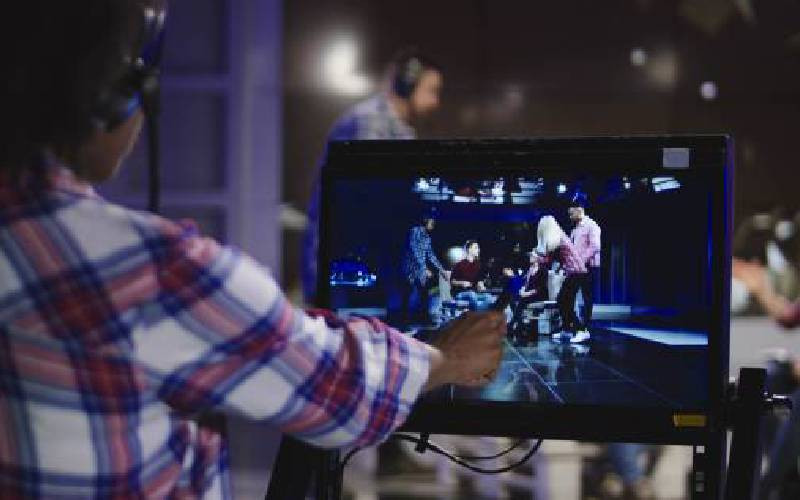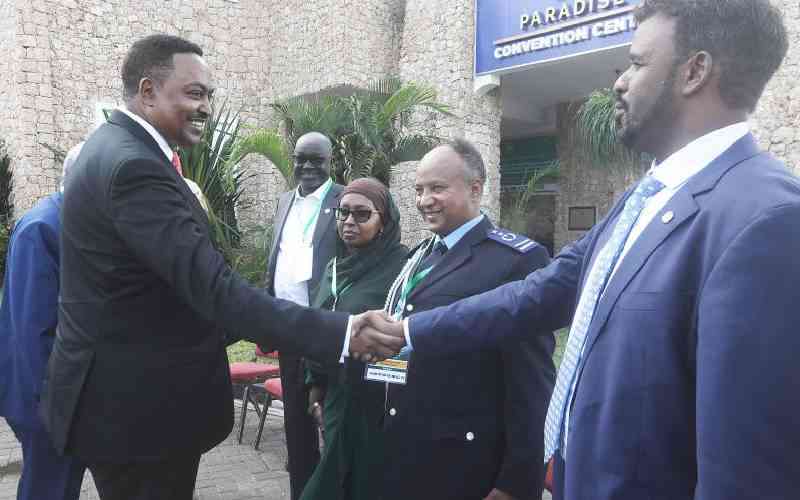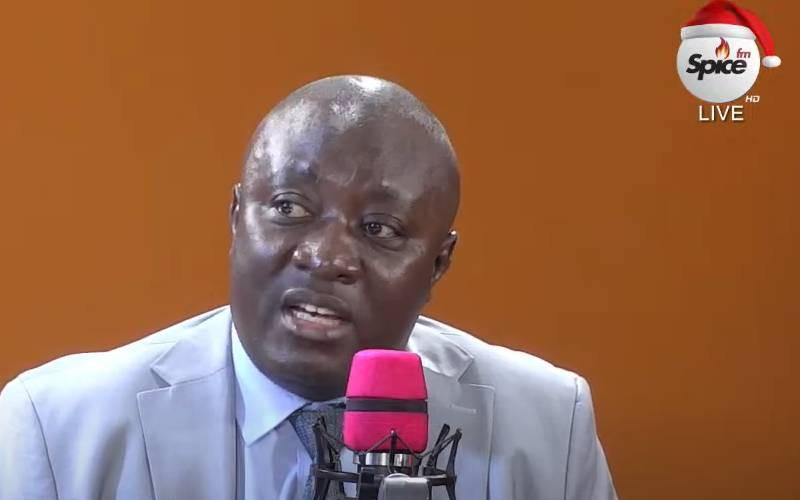The two are students at Joyland Special Secondary School in Kisumu County. This is a learning institution founded back in 1974 as a rehabilitation centre by The Salvation Army in Kisumu.
It has seen the likes of Kipkorir and Nyaboke refining their science and technology knowledge.
They are among individuals with physical disability in the society who have decided not to place ‘DIS’, in their ability. They are among young and aspiring scientists in the country who took part and won in Tech category in the exhibitions organised by Young Scientists Kenya supported by BLAZE by Safaricom.
For their brilliance, they got a chance to showcase their invention at the Young Scientists Bootcamp at Moi Girls Nairobi last month.
Their project was informed by their environment, where they realised that cellphones and keyboards are largely inaccessible to their classmates who have mobility impairment.
“Our school has a computer lab and we observed that most of the students who have no limbs don’t choose computer as one of their subjects because of their inability to use the machines. That inspired my colleague and I to come up with a solution that will help those at a disadvantage to use and experience the World Wide Web like everyone else,” said Kipkorir.
They created a computer mouse system designed for people with this impairment that has two parts – food and mercury headphone mouse system. While the food mouth system is designed for people with lower limbs (without the upper), the mercury headphone system is designed for people without limbs.
For the mouse system to work, the individual using it has to ensure the right shoe rests on a very smooth surface like a ceramic tile.
Then you release the right foot on a smooth tile to change the cursor position. Once it points at an icon, use the left click button to open a new task by using the large toe. If you want to right click, shift the large toe to the right click button. Moreover, if you want to type, start the desktop, go to all programs, and will click on accessories and finally the screen keyboard.
If duly marketed, this innovation could go a long way in giving access to a world of information and social interaction to a group of people that have largely been locked out of the information age due to limitations that are beyond their control. 15 per cent of the world population is physically disabled, and seven per cent are limbless.
The aim of their invention is to provide their fellow students with control over external devices and mobility, hence allowing them access to all the benefits that come with access to information. During the bootcamp at Moi Girls, they were guided by Young Scientists Kenya on how to transform their ideas into commercially viable businesses and careers.
The main aim of the bootcamp which had 42 students from different schools was to give Kenyan Secondary school students interested in STEM (Science, Technology, Engineering, Mathematics) an opportunity to explore their talent as well as help solve problems in the society.
 The Standard Group Plc is a
multi-media organization with investments in media platforms spanning newspaper
print operations, television, radio broadcasting, digital and online services. The
Standard Group is recognized as a leading multi-media house in Kenya with a key
influence in matters of national and international interest.
The Standard Group Plc is a
multi-media organization with investments in media platforms spanning newspaper
print operations, television, radio broadcasting, digital and online services. The
Standard Group is recognized as a leading multi-media house in Kenya with a key
influence in matters of national and international interest.
 The Standard Group Plc is a
multi-media organization with investments in media platforms spanning newspaper
print operations, television, radio broadcasting, digital and online services. The
Standard Group is recognized as a leading multi-media house in Kenya with a key
influence in matters of national and international interest.
The Standard Group Plc is a
multi-media organization with investments in media platforms spanning newspaper
print operations, television, radio broadcasting, digital and online services. The
Standard Group is recognized as a leading multi-media house in Kenya with a key
influence in matters of national and international interest.









